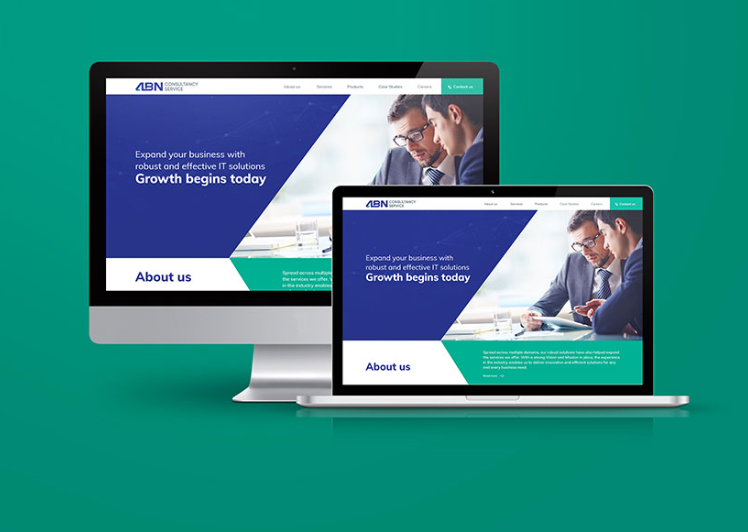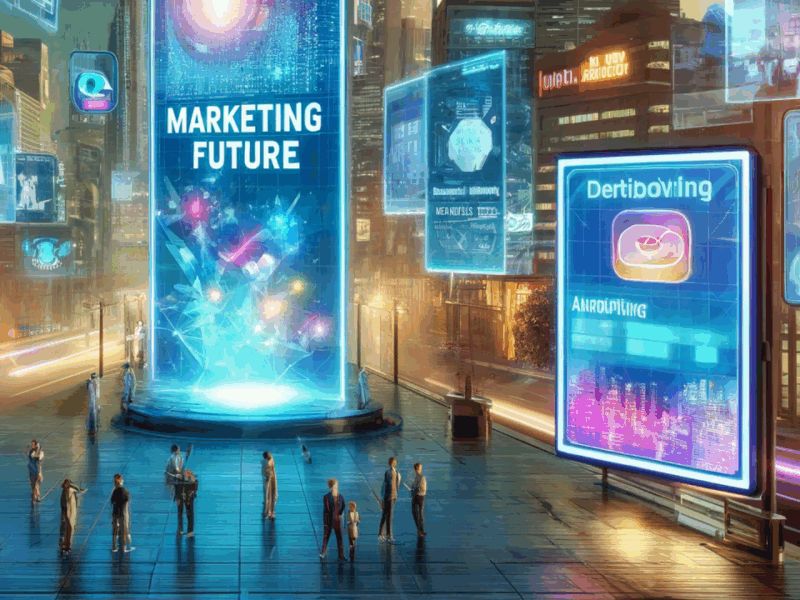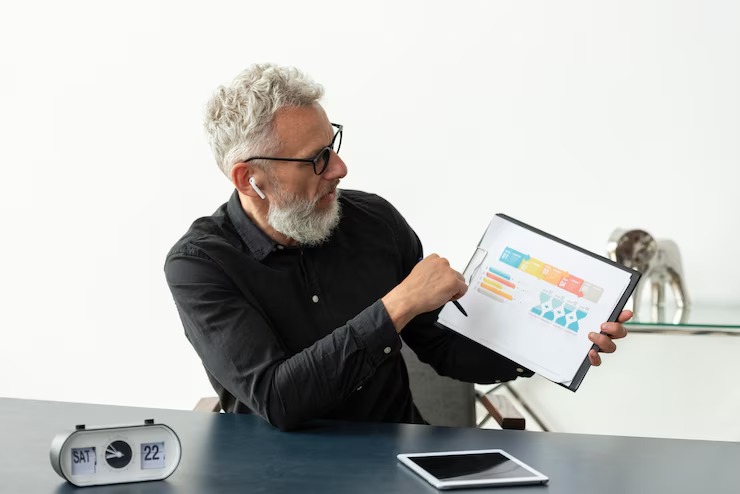In a marketplace dominated by digital interactions, a powerful website is essential for any brand seeking to capture attention and build meaningful, lasting connections with audiences. Today, PR and branding agencies are expected to deliver more than a compelling narrative; they must provide the digital frameworks in which those stories come alive. Gone are the days when an impressive campaign was enough. Clients need agency partners to integrate engaging storytelling, robust design, and seamless technology under one coordinated vision.
To keep pace, many agencies are shifting their focus from developing web solutions in-house to partnering with white-label providers. By leveraging these externally sourced yet internally branded solutions, agencies gain access to advanced capabilities and development expertise without the overhead of hiring or training specialized personnel. This transition helps firms deliver exceptional results at scale while freeing up creative teams to do what they do best—craft brand stories and drive impactful campaigns.
Meeting Client Demands with Agile Web Development
In a fast-moving digital world, the ability to respond swiftly to new opportunities is a key differentiator for PR and branding agencies. Clients expect creative campaign thinking, agile, technically advanced campaign thinking, and promptness. Relying solely on internal resources can slow response times or limit the agency’s ability. This is where white-label website development comes in, offering a vital bridge between robust technology and branding finesse.
Through white-label website development, agencies can instantly expand their service portfolio by collaborating with teams with the specialized skills and coding expertise required for high-end digital projects. These white-label partners create fully customized websites that can be adapted for any industry, niche, or design aesthetic—and all under the agency’s control. This flexibility eliminates developmental bottlenecks and enables agencies to handle multiple projects or last-minute campaign pivots without sacrificing speed or quality. With the ongoing trend toward omnichannel branding, the ability to integrate new digital touchpoints quickly has become a crucial component of success for both agencies and clients.
Enhancing Agency Services Through Creative Design
FoCreativeesign is a core component of the PR and branding agencies’ propositions. Each client’s story is unique, so the digital experience must be equally distinctive. A website is more than a virtual storefront—it’s an extension of a client’s identity, values, and promise to its audience. Achieving this level of customization and cohesion can be daunting without access to the right design expertise and tools.
Through partnerships with specialists in white-label web design, agencies unlock a rich array of creative resources that support the full spectrum of branding objectives. White-label design teams bring knowledge of current web standards and best practices in user interface and experience design, ensuring every website is visually engaging and intuitive for users. Rather than being restricted to basic templates, agencies can commission bespoke designs, produced by the brand’s team, fonts, imagery, and messaging.
Furthermore, with user browsing habits shifting toward mobile, responsive design has become standard, ensuring visitors receive a seamless experience regardless of their device. White-label partners are adept at mobile-first design, prioritizing fast load times, clean navigation, and user accessibility. This commitment to inclusivity and utility aligns perfectly with modern branding goals, ensuring the agency’s work looks beautiful. By merging creative strategy with technical excellence, agencies deliver impressive sites that reinforce clients’ visual identity, enhance recall, and deepen audience engagement, generating real marketing value from their web presence.
Efficiency, Consistency, and Brand Control
PR and branding agencies often juggle several campaigns and tight deadlines, making efficiency essential. White-label web solutions streamline workflows by providing tried-and-tested frameworks that support rapid deployment, version control, and easy collaborative input. This means agencies can deliver multiple projects simultaneously without the repetitive, time-consuming work that comes from building new infrastructures for each client.
Consistency is as vital as efficiency, especially for agencies managing multiple touchpoints for the same brand or group of brands. White-label web platforms empower agencies to enforce strict branding guidelines across every custom site, from color palettes and typography to user navigation and messaging hierarchy. Because the design and technical backbone is developed in concert with agency specifications, the result is a unified, polished experience that reassures clients and their customers.
Maintaining control over the final deliverable is fundamental to an agency’s reputation. Agency’s white-label web solutions, agencies have final approval over content, features, and integrations, allowing them to deliver on their promise of quality without the unpredictability that can come from outsourcing key tasks to unrelated third-party vendors. Every web experience can thus become a seamless extension of the client’s brand and the client’s creative agency’s
Cost Effectiveness and Resource Optimization
Developing a specialized in-house web team is often costly and time-intensive, particularly for firms whose primary expertise lies outside technology. Recruiting, training, and retaining top talent in UX, UI design, and full-stack development can strain the resources of small- and mid-sized agencies. In addition, ever-changing best practices, security requirements, and industry expectations mean agencies must invest continually to stay up-to-date.
White-label web solutions transform these escalating overheads into manageable, predictable costs that flex with project demand. Rather than hiring for every new need, agencies contract white-label providers as required services up or down as needed. Every web experience can demand an approach that allows agencies to allocate more of their budget to creative work, strategic planning, or building client relationships.
The outcome is a leaner, more adaptable organization that delivers a broader array of services without taking on unnecessary financial risk. The agency can enjoy cost savings or pass them along to clients through competitive pricing, a significant advantage in an increasingly crowded digital-service market.
Conclusion
As the digital environment becomes increasingly integrated with branding and campaigns, more PR and branding agencies are forsaking in-house builds in favor of white-label web partnerships. These collaborations allow agencies to deliver top-tier, beautifully designed web experiences that support client ambitions, extend their creative reach, and streamline internal processes. With benefits spanning agility, scalability, quality assurance, and cost savings—all delivered under the agency’s brand—white-label web solutions are a powerful asset for agencies seeking to stand out, offer more value, and thrive in an ever-evolving digital landscape.


